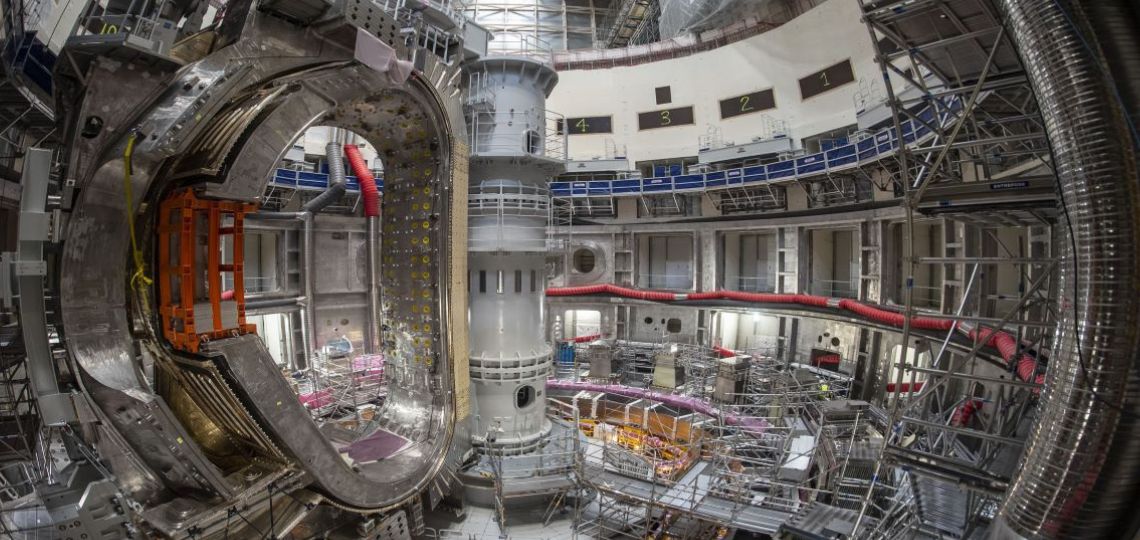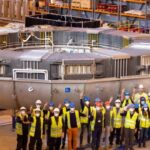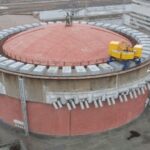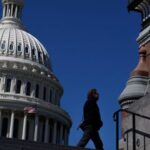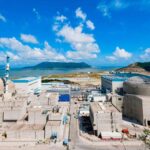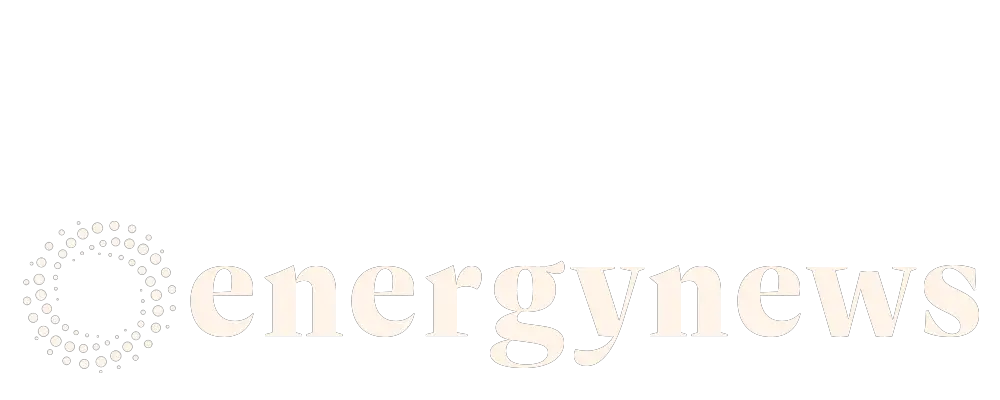The U.S. Nuclear Regulatory Commission(NRC) has announced plans to regulate fusion energy systems under a derived matter framework, as opposed to a nuclear reactor framework. This comes as “dozens” of companies are working on developing pilot-scale commercial fusion models, some of which are expected to reach proof-of-concept and net power production in the mid- to late-2020s.
The challenges of fusion systems regulation
Fusion systems produce electricity by combining hydrogen atoms to form helium, which means they do not involve special nuclear material or produce the self-sustaining neutron chain reaction that defines nuclear fission reactors. Therefore, they are not subject to NRC regulatory requirements as nuclear reactors.
The NRC staff presented three suggested options for licensing and regulating fusion systems earlier this year: categorization as “use facilities” with a new regulatory framework developed to address specific hazards, a spin-off approach augmenting existing regulations for spin-off licensing, or a hybrid framework. In its submission, staff recommended the adoption of a hybrid system.
Tritium and other radioactive materials used in fusion systems are normally classified as derivative material, and the NRC directed its staff to create a regulatory framework for fusion systems based on the agency’s existing process for licensing the use of these materials.
Fusion systems: a safe and clean alternative to nuclear fission reactors
The U.S. Department of Energy has allocated up to $50 million in federal funding to support experimental research in fusion energy science as part of the administration’s “10-year vision” to accelerate fusion energy. Some commercial fusion systems are now expected to reach proof-of-concept and even net power production in the mid-to-late 2020s, with deployment planned for the 2030s.
A U.S. fusion system developer, Helion Energy, expressed support for the NRC’s announcement, saying, “This approach provides a clear and effective regulatory path for our team to deploy clean and safe fusion energy.”
Indeed, the U.S. Nuclear Regulatory Commission (NRC) has announced its intention to regulate fusion energy systems under a derived matter framework rather than a nuclear reactor framework, while many companies are working on developing pilot-scale commercial fusion models.
The NRC staff has recommended a hybrid regulatory framework for licensing and regulating fusion systems, and the U.S. Department of Energy has allocated up to $50 million in federal funding to support experimental research in fusion energy science. Fusion systems produce electricity by combining hydrogen atoms to form helium, without involving special nuclear material or producing the self-sustaining neutron chain reaction associated with nuclear fission reactors.

